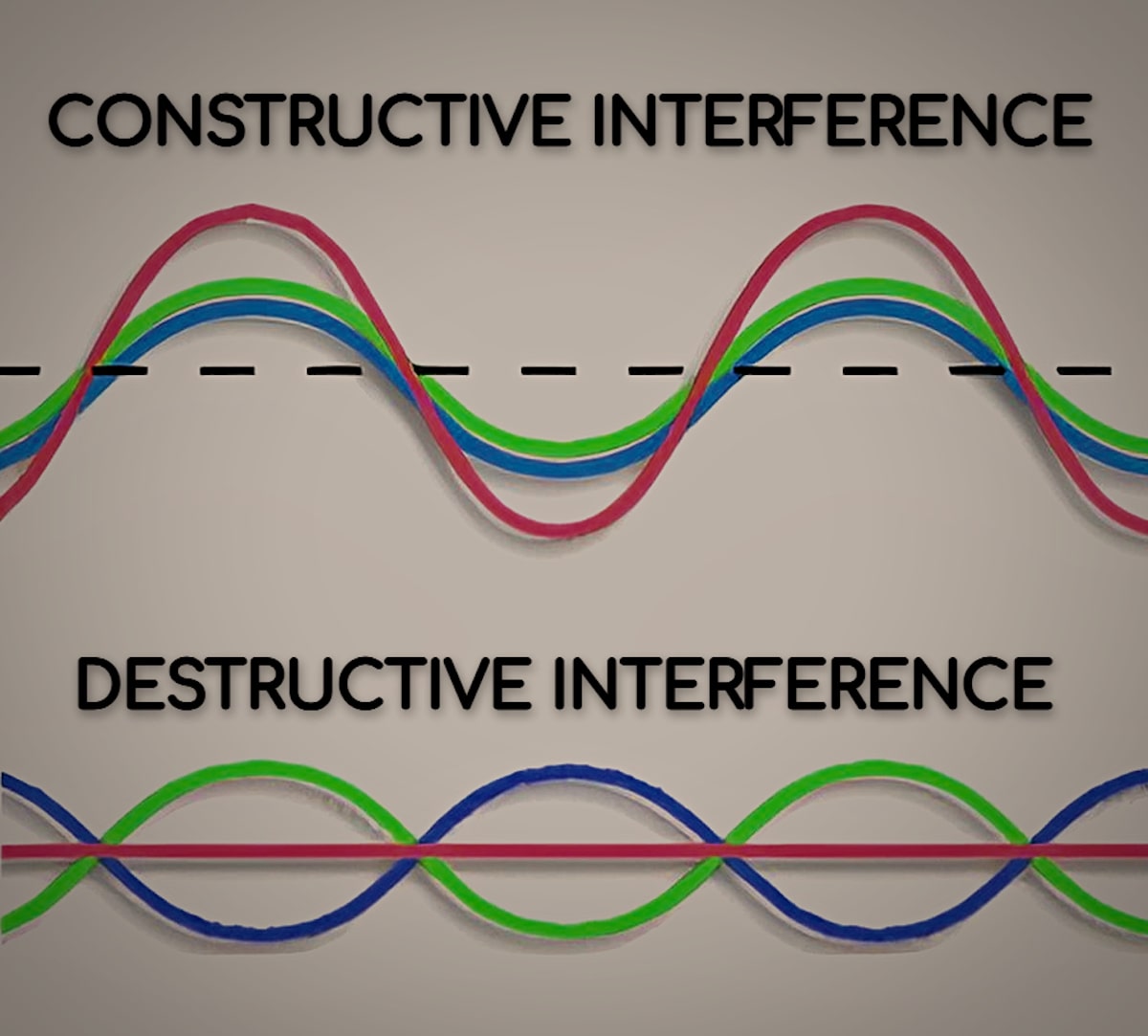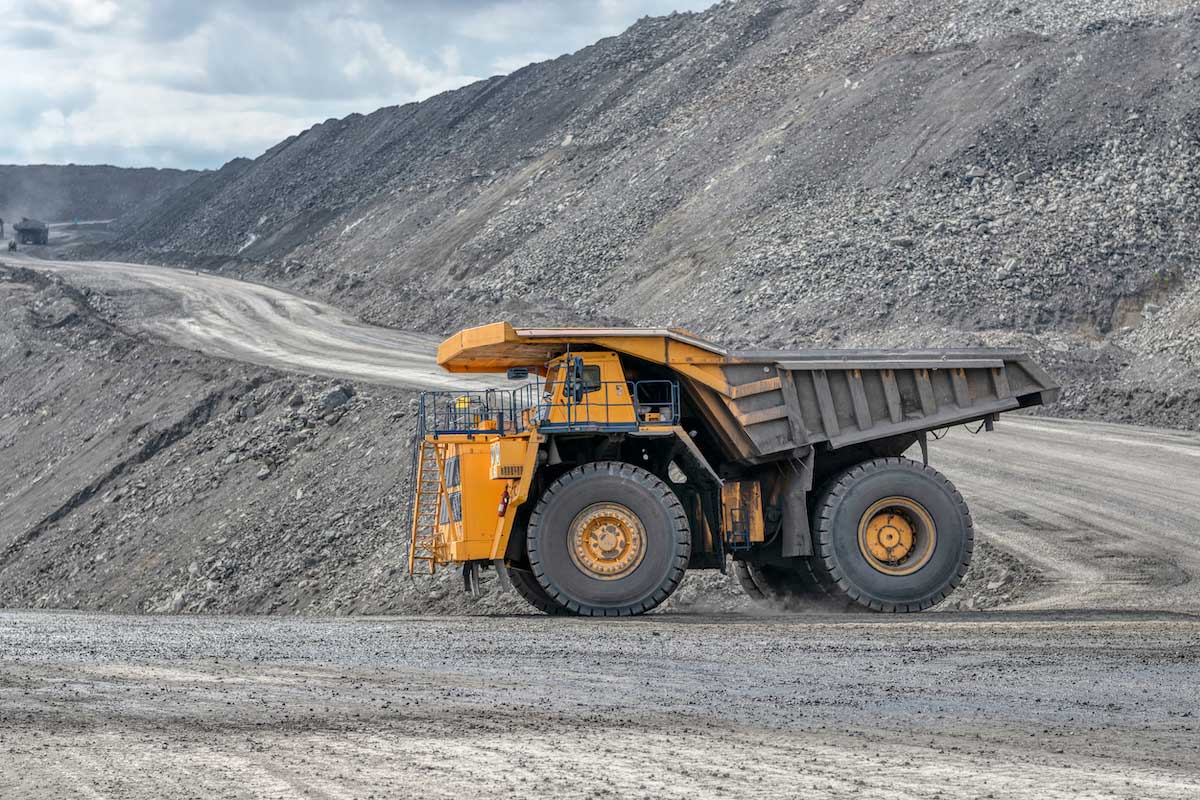Types Of Muffler Design
Like human beings, mufflers come in all shapes and sizes. At DBA Silencing, we offer a wide variety of mufflers manufactured from several different materials. We make not only C Series Style mufflers, but also ANT and BTS Style units. We sell, as well, an array of V-Band Style mufflers in a range of diameters. In addition to this, we supply OEM mufflers to Liebherr Mining Equipment and produce custom mufflers for various vehicles and vessels in the mining, logging, and marine industries. And of course our catalogue also features muffler accessories such as down spouts and mounting brackets.
It’s fair to say that, although DBA Silencing produces stellar air intake systems and coolant components, we’re best known for our exhaust systems and – specifically – our mufflers. In today’s blog post, we’re going to explore the topic of exhaust muffler design and discuss some of the considerations that come into play when we’re looking at muffler configurations in the mining sector.
Muffler Design Principles
As you can imagine, mine sites are noisy places. Not only due to practices such as blasting, but also because of the many pieces of heavy-duty equipment in operation. Modern mining trucks are as big as buildings and – as you’d expect – they roar around rather than purring from place to place. There’s a diverse assortment of measures employed to dampen the racket on mine sites, and appropriate muffler design is undoubtedly one of the most important. Determining the best muffler design for a given situation, however, is not always straightforward. There are myriad factors that must be taken into account. Let’s look at some of them now.
1. Noise Reduction
When a mining truck’s exhaust valve is opened, combustion gases created by the engine are released into the atmosphere. This release generates sound waves, which manifest as noise. The primary function of a mining truck muffler is to attenuate this noise, as well as the noise produced by the valves and the pistons of the engine.
A muffler typically contains tubes and baffles and channels, often made from materials with perforations. These direct the exhaust gases in particular ways. The idea is to break up the sound waves being produced, thus curtailing acoustic output. In some cases, the sound waves can be cancelled out by contours that introduce pressure waves exhibiting the opposite wavelength to the original waves. When waves counteract one another in this manner, noise subsides. Destructive interference is the name of the sound nullification process that takes place within the guts of a well-designed exhaust muffler.
2. Environmental Impact
It goes without saying that a quieter muffler is a superior muffler from an environmental standpoint. Uncontrolled noise pollution has an adverse effect on the health of mine site personnel. It can also have a negative impact on surrounding ecosystems. At DBA Silencing, we specialize in reducing decibel levels until they’re in manageable ranges.
3. Exhaust System Optimization
Having stressed the importance of lessening the din, we should also cover a significant complication: backpressure. Put simply, backpressure is an opposing force acting on a gas attempting to move through a confined space. People engaged in muffler design need to ensure that the elements they put in place to manipulate the sound waves don’t restrict the flow of exhaust gases to the point that detrimental backpressure results.
Too much backpressure, it turns out, has a number of drawbacks. One of the most substantial is that your engine is forced to work harder, thus impeding the performance of your mobile asset. This of course decreases productivity and increases costs such as fuel expenditures.
As always, however, the situation is complex. You can’t just eliminate backpressure entirely; some engines actually function better with additional flow resistance. This is why, when you’re selecting a muffler {or designing a custom unit}, you’ll want to have information on the size and type of engine being used. It may also be helpful to know the horsepower, as well as whether the engine is naturally aspirated or utilizes a turbocharger. At DBA, we build both standard-flow and high-flow mufflers so that we can provide the appropriate unit in any given situation.
Pipe size is also a relevant consideration here. If you want your mining truck exhaust system to operate at its best, you need to ensure that your exhaust tubing features the appropriate dimensions. Generally speaking, you want a diameter large enough that the system can breathe well but small enough that you have a focussed flow.
4. Heat Dissipation
Every item in an exhaust system gets hot, and mufflers are no exception. It’s important to think about flammability when tackling muffler design because mine site truck fires are both dangerous and expensive. At DBA Silencing, we encase many exhaust components in rigid composite shells that keep surface temperatures below the flash point for operating fluids such as oils. Our proprietary shell technology is unique, and many customers purchase our exhaust kits specifically because trucks equipped with our systems are far less likely to burn up. If you’re interested in learning more about this subject, we have a piece on our website entitled “DBA & Mining Haul Truck Safety”.
5. Durability
And then there’s longevity. Suppose you have an exhaust muffler design that combats clatter and generates just the right amount of backpressure, but only lasts six months in the field. Premature failure can be a real concern, as mine sites are harsh settings notoriously tough on machinery.
We are proud to say that DBA mufflers are famously long-lasting. We recently had a fisherman come in to get a new muffler for his boat. He figured that, since he’d had it running hard in corrosive maritime conditions for more than a decade, it would need to be replaced. We examined the unit and discovered that it was showing no signs of deterioration. He happily reinstalled it on his vessel. We see similar things on mine sites, where DBA mufflers last as long as two decades and only need to be swapped out when a mishap results in damage.
6. Maintenance
As mentioned above, DBA mufflers typically don’t need to be serviced very often. This is because our mufflers are hand-made by experienced welders using heavy-duty steel. There are other products on the market, however, that require attention far more often. These units tend to be made by robots that crimp lower-grade metals into place rather than welding them securely. If these types of components are in use, then replacement and repair need to be part of the muffler design equation. Another advantage of DBA kits is that our systems tend to be more segmented than their OEM equivalents, which means it’s easier to take out and put back individual parts.
Muffler Design Coda
Clearly, effective mining truck muffler design requires a great deal of care and sophistication. If you need a muffler, we’d be pleased to help you choose the standard component most suitable for your set-up. And if you require custom muffler design, well, we do love a challenge! You can reach us during regular business hours at 1-800-661-5886 and you can email us day or night at [email protected].


